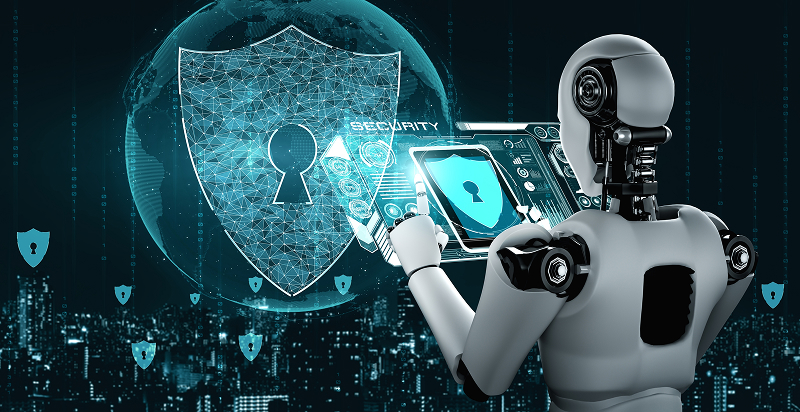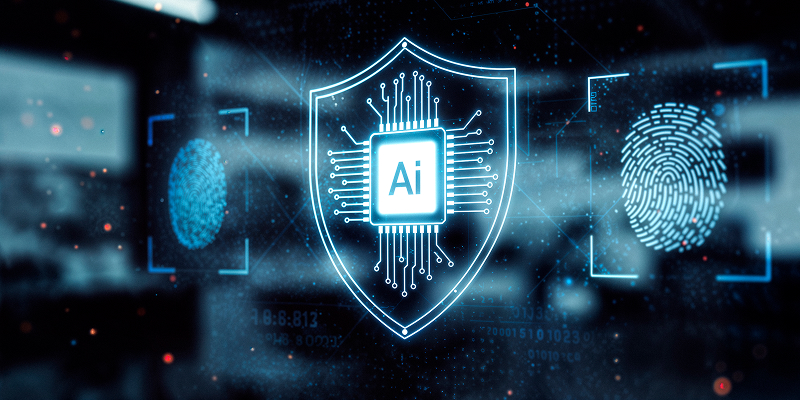
AI x Cybersecurity: Smarter Attacks, Smarter Defenses
In the digital world, it’s not just humans at war anymore—AI has officially entered the battlefield. And like any powerful tool, it’s a double-edged sword. On one hand, AI is helping cybersecurity experts detect and stop threats faster than ever. On the other, it’s also giving cybercriminals new, frighteningly intelligent ways to launch attacks.
Let’s unpack how AI is changing the cybersecurity game—for both the good guys and the bad guys.
How AI is Making Cyber Attacks Smarter
Cybercriminals aren’t sitting in dark rooms typing lines of code manually anymore (well, not all of them). Many are now using AI to automate, scale, and customize their attacks. Here’s how:
- Phishing That Feels Personal
AI can scan social media, emails, and public data to create shockingly believable phishing messages. No more awkward grammar mistakes—these emails read like they came from your best friend or your boss. - Deepfake Scams
Remember when a scammer had to imitate someone’s voice and it sounded fake? Not anymore. AI deepfake technology can clone voices and even create convincing videos, tricking people into sending money or sensitive data. - Automated Hacking
With AI-driven tools, attackers can scan millions of systems for vulnerabilities in minutes, find the weakest link, and break in—before you even know they’re there. - AI-Powered Malware
Traditional malware had a pattern, making it easier to detect. AI malware, however, can adapt its behavior in real time to avoid being caught by security software.
How AI is Making Cyber Defenses Smarter

Thankfully, cybersecurity experts aren’t staying behind. They’re using AI to fight fire with fire.
- Faster Threat Detection
AI can analyze huge amounts of data from networks, emails, and apps in real time—spotting suspicious activity before a human could blink. - Behavioral Analysis
Instead of just looking for known attack patterns, AI studies how users normally behave. If something seems “off”—like an employee logging in from a new country at 3 a.m.—it can raise an instant alert. - Automated Response
Some AI systems can block suspicious traffic, quarantine infected files, or shut down compromised accounts instantly—no waiting for a human to approve. - Predictive Security
By studying past attacks, AI can predict where threats might come from next, helping companies strengthen weak points before they’re exploited.
The Challenge: AI vs. AI
The tricky part is that AI is now fighting against AI. It’s like two chess grandmasters playing at lightning speed—one trying to break in, the other trying to block every move. This arms race means cybersecurity will never be a “set it and forget it” job.
What This Means for You
- Stay Updated – Cybersecurity tools are evolving rapidly; make sure yours are, too.
- Educate Your Team – The best AI defense in the world can’t stop a careless click.
- Use AI Wisely – Just because it’s smart doesn’t mean it’s perfect. Always have a human in the loop.
Final Thoughts
AI is making cybersecurity both more dangerous and more secure—depending on who’s using it. The future of online safety won’t be about stopping AI; it will be about using it better than the attackers do.
In short: The smarter the attacks get, the smarter our defenses need to be. And with AI, both sides are getting smarter by the second.